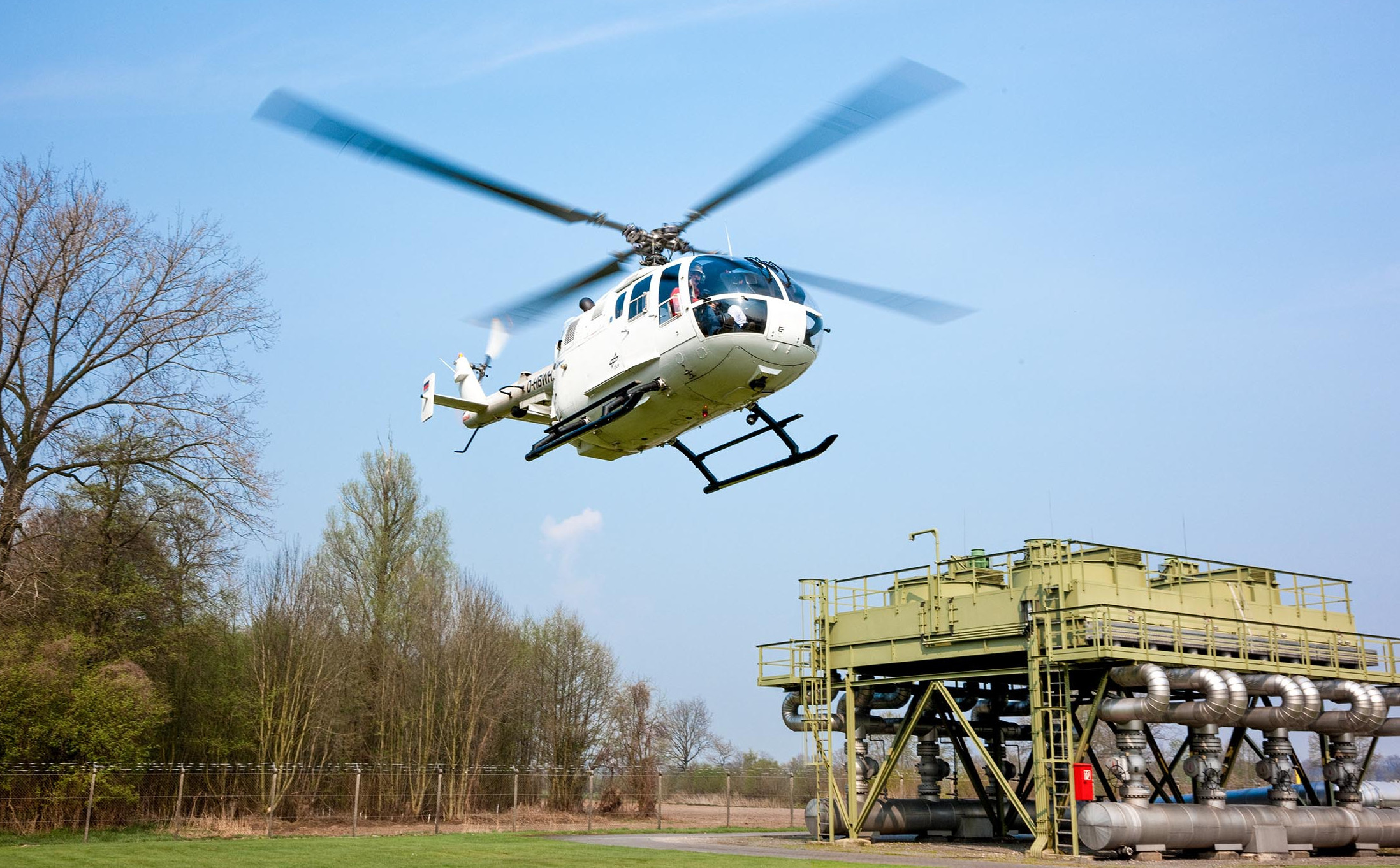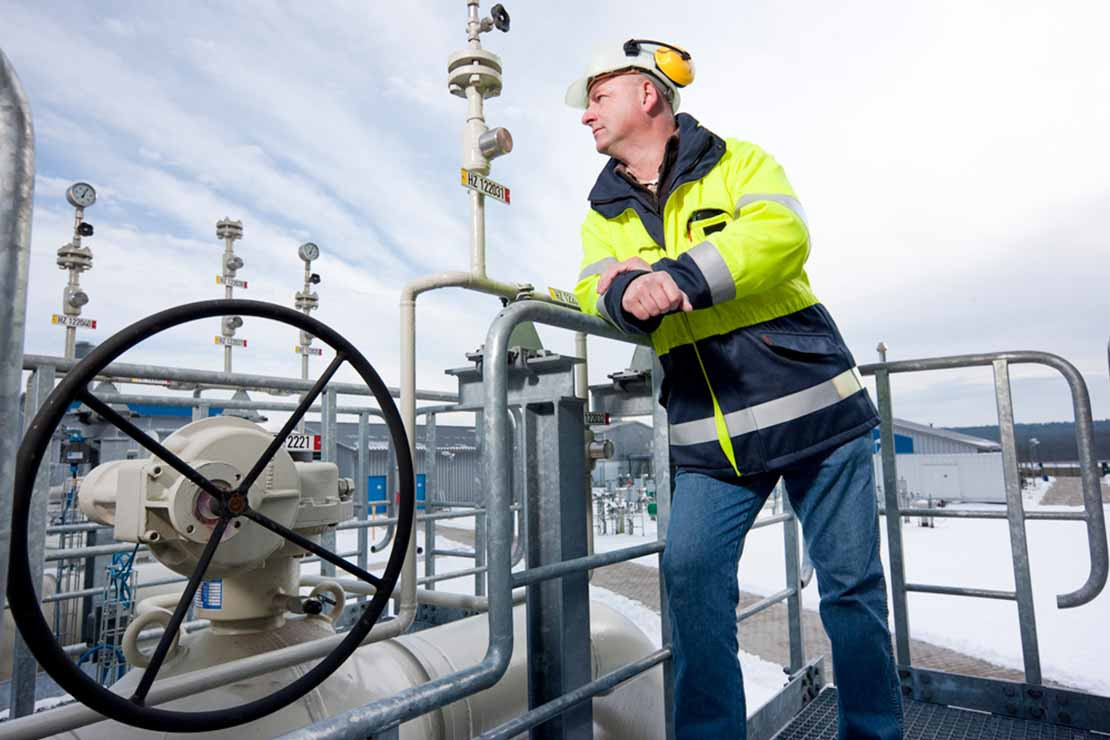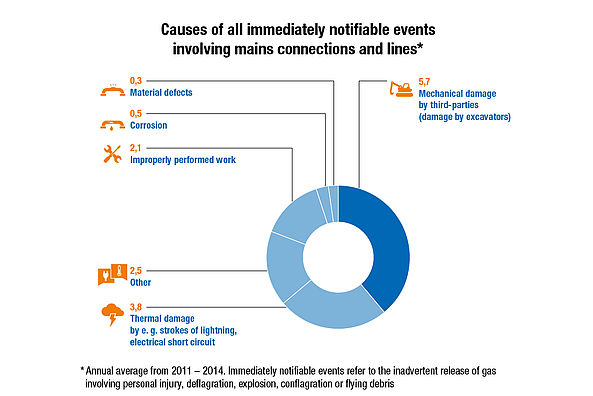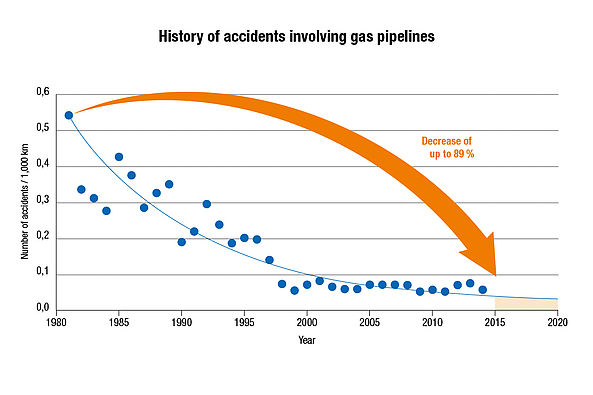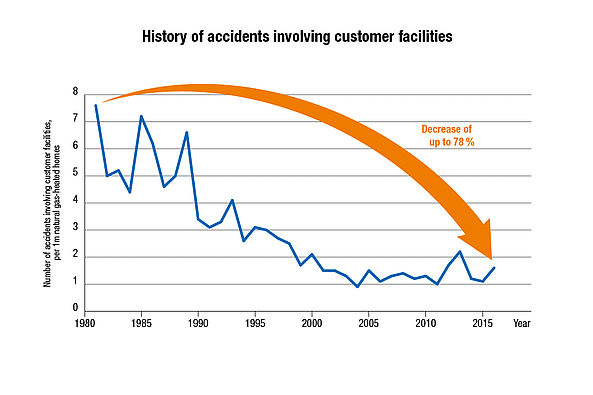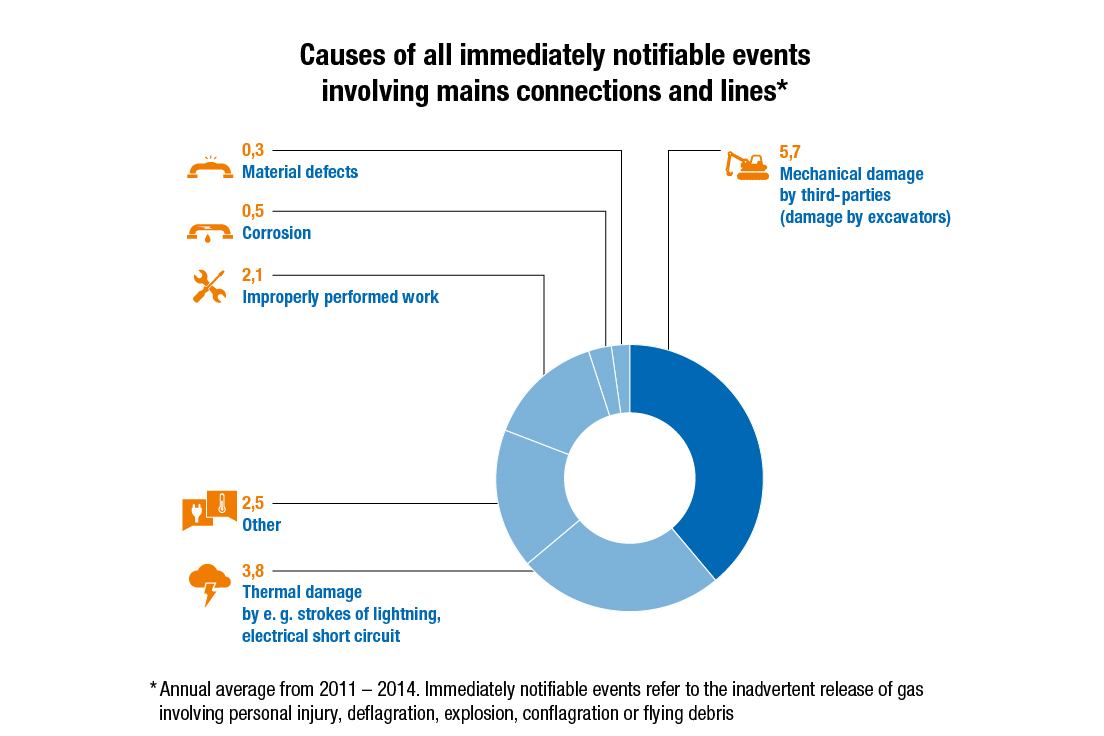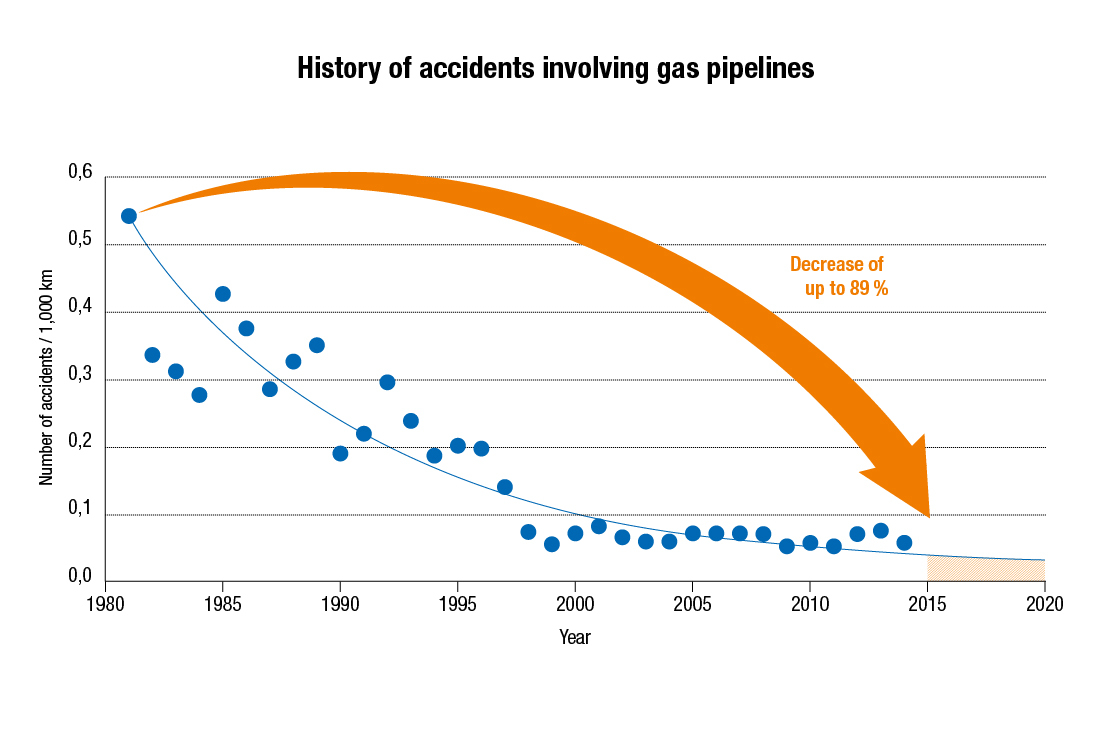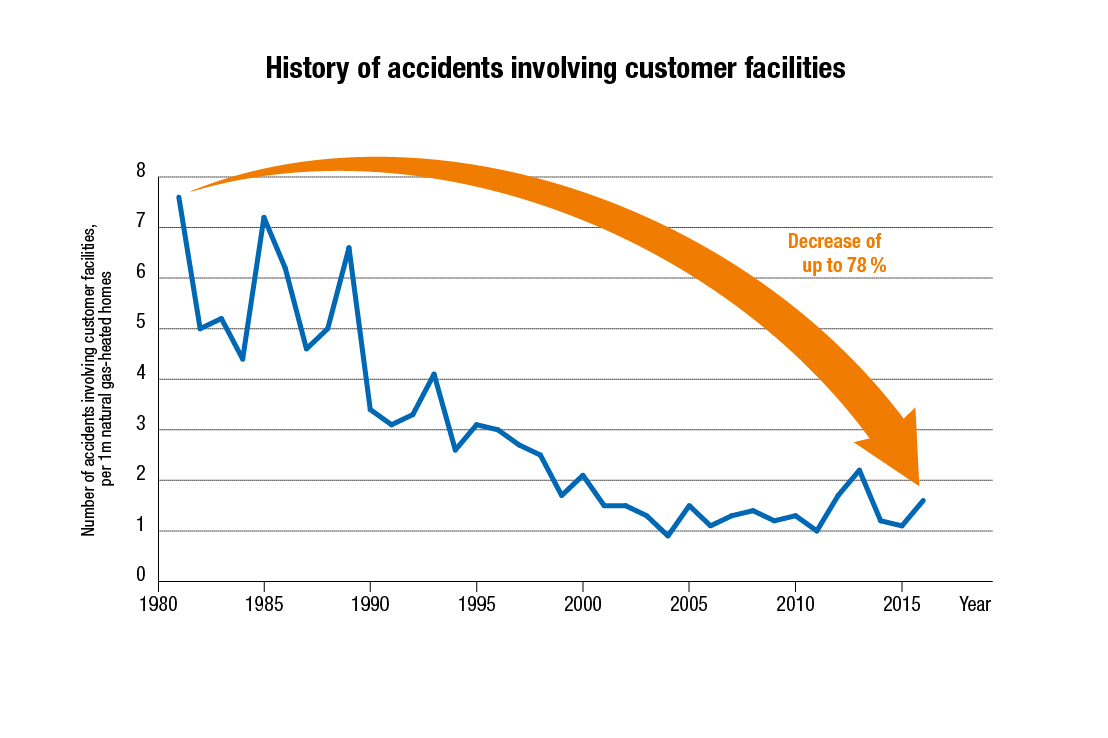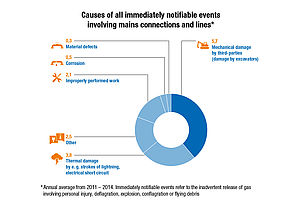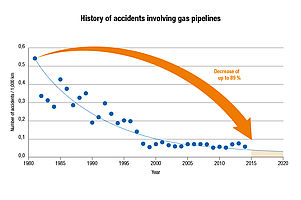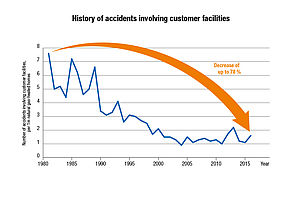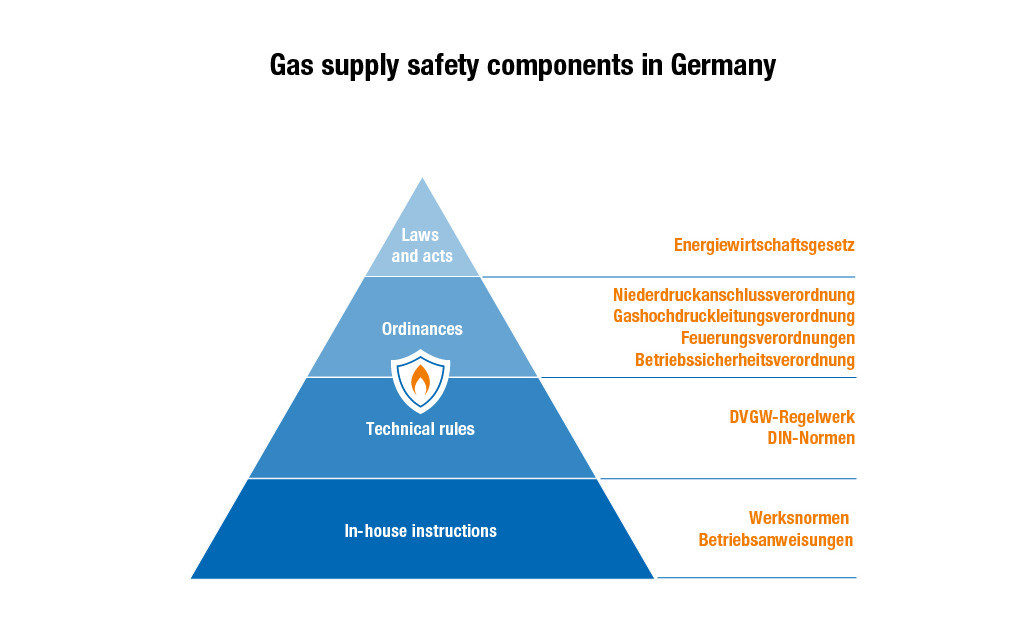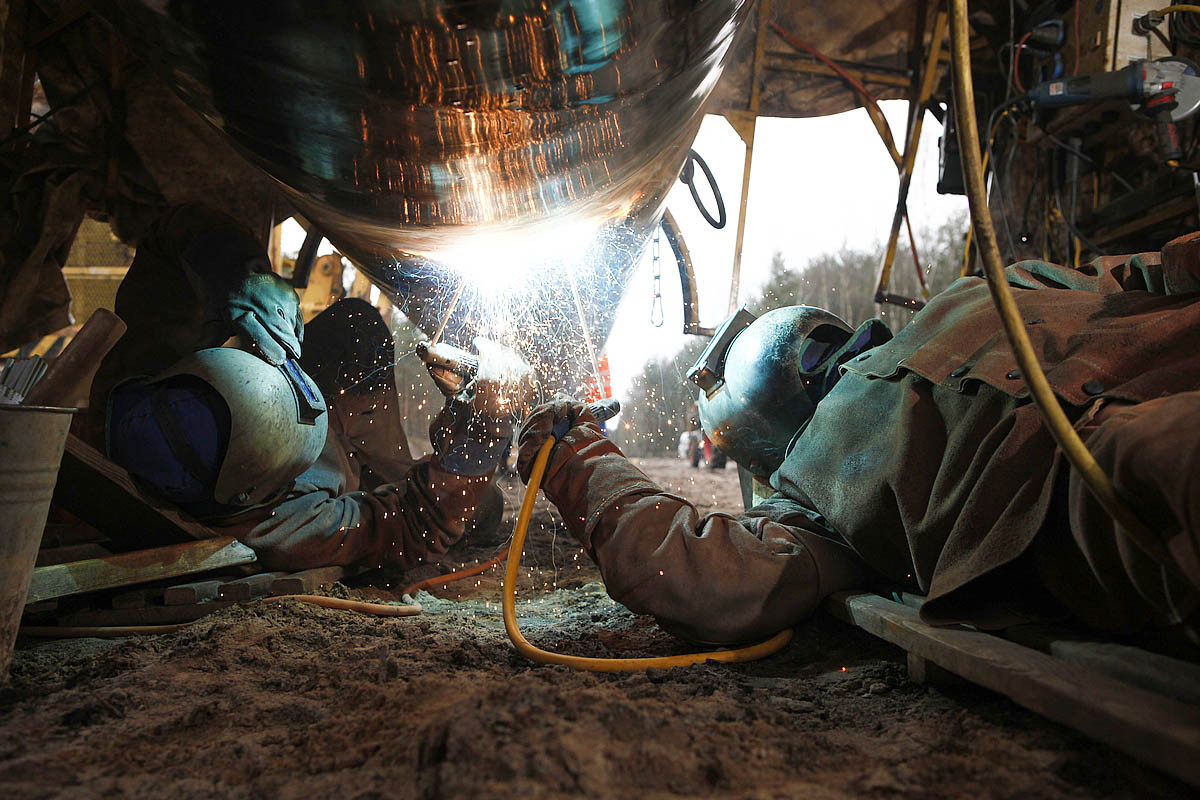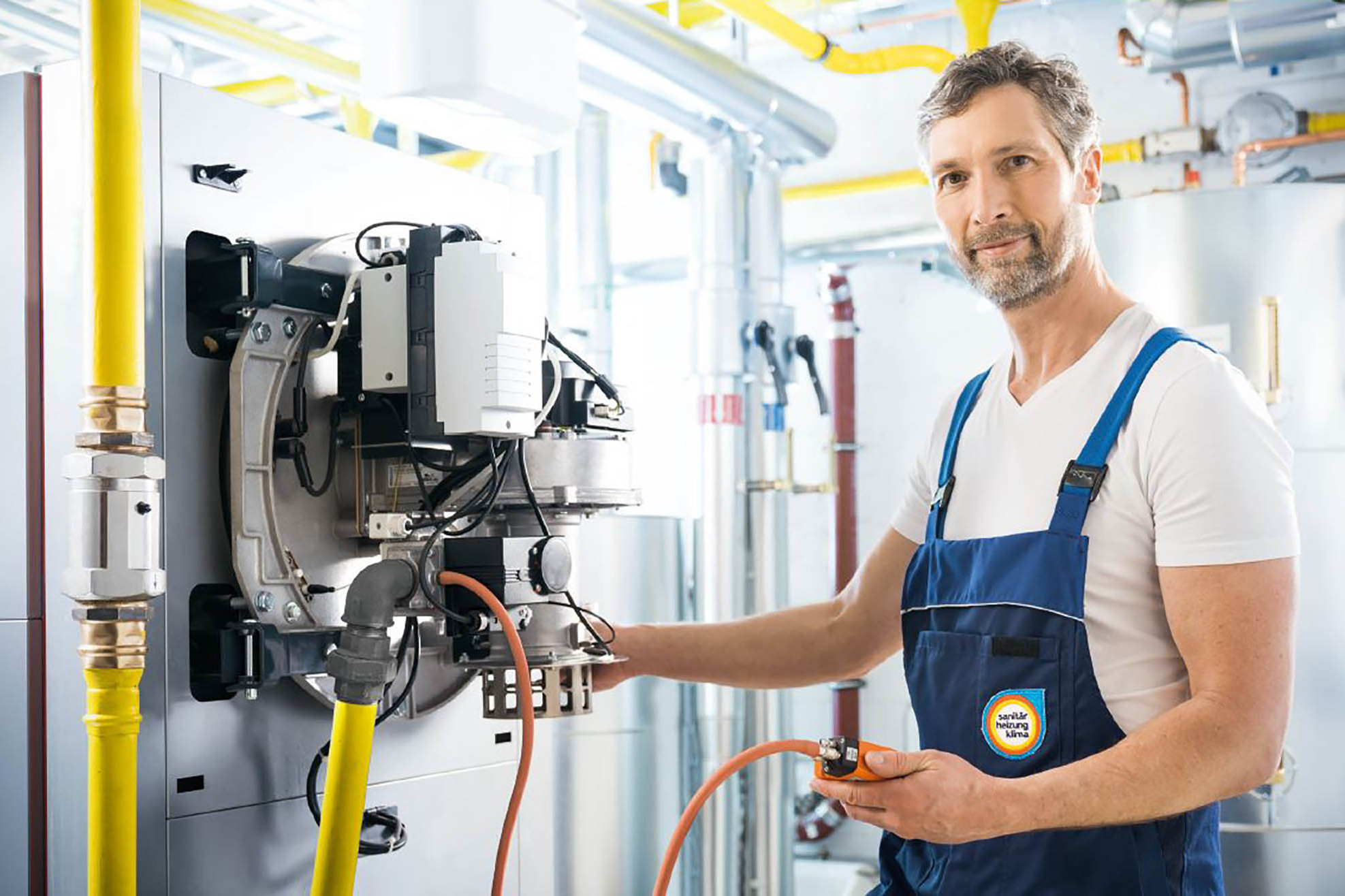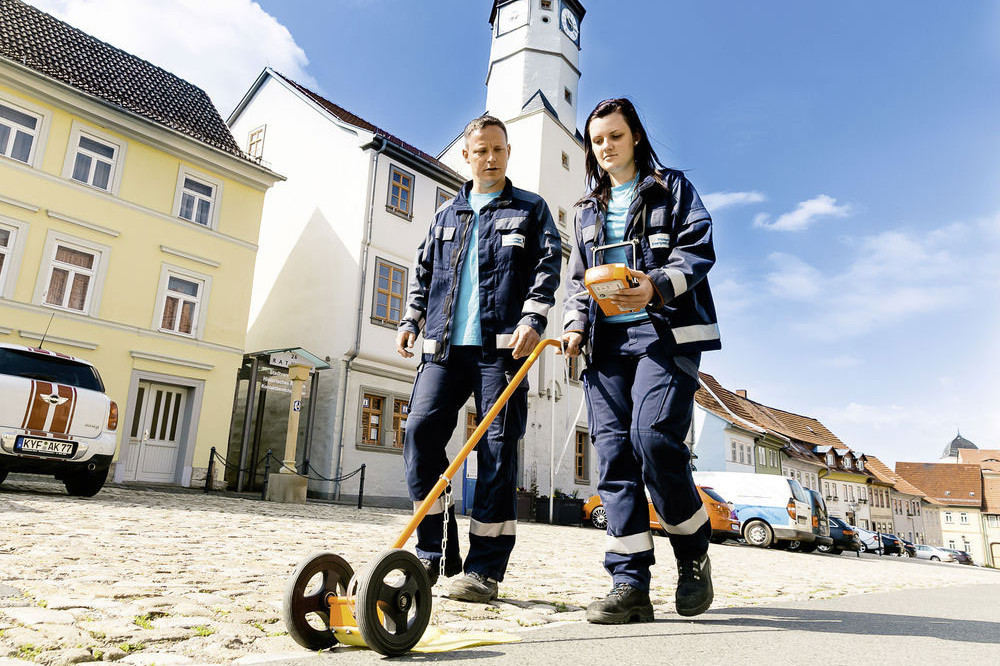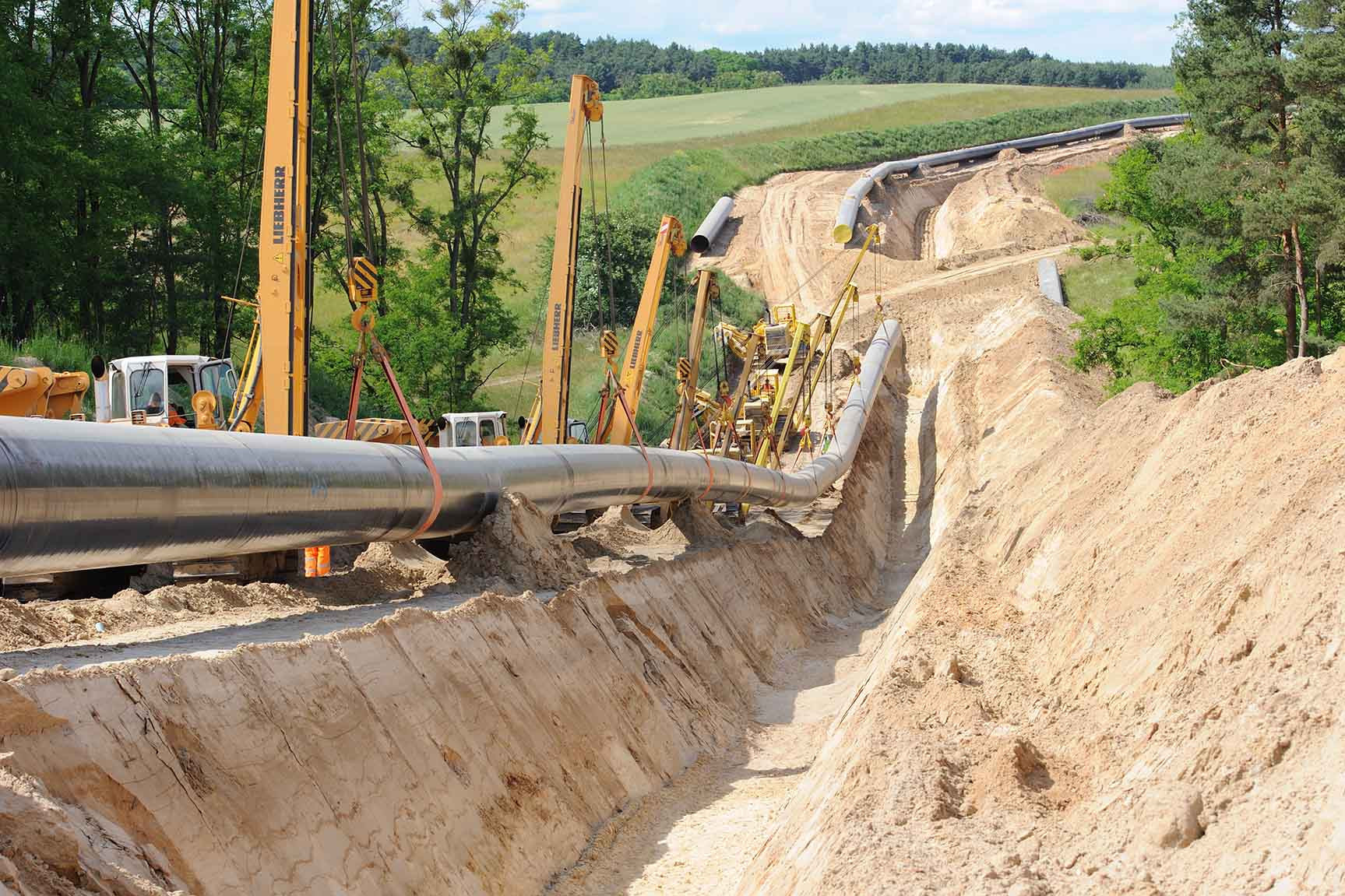As a technical-scientific association, the DVGW is responsible for setting the rules that govern the public gas supply grid and, consequently, bears the heavy responsibility for ensuring that it is technically safe. While the state defines the legal framework in the form of laws, acts and ordinances, it however refrains from establishing the details of the safety regulations. Rather, it makes explicit reference to the duty to observe and abide by the DVGW Set of Rules and confines itself to exercising reserved control. This arrangement confers on the DVGW Set of Rules the status of a legal instrument, which on the one hand offers companies and businesses legal certainty, while on the other it supports the state in the form of a technically independent authority.
Grid operators and/or gas supply utilities are obliged to build and operate their plants and systems in such a way as to ensure their technically safe operation. In this context, it is mandatory for them to observe and abide by the DVGW technical rules.
Technical rules ensure the highest safety standards
Looking back on more than 150 years of experience, the DVGW in its capacity as an independent body pools the interdisciplinary specialist knowledge of experts from ministries, government agencies, companies and science. Various committees constantly update the technical rules in a transparent process, taking into account the latest findings from the field. This process ensures that the technical rules always reflect the state of the art, guaranteeing the maximum level of safety in the gas supply industry.
This system of technical self-management has proven its worth for many decades. It has helped create an extremely safe and reliable gas infrastructure that is second to none by international standards. From pipeline engineering to plant engineering to domestic engineering - the DVGW Set of Rules covers all aspects of gas supply, and its stringent and comprehensive requirements guarantee the maximum level of safety for humans and the environment alike.
The DVGW Set of Rules, the DVGW certification scheme for individuals, companies and products as well as the relevant in-service training courses endow the gas sector with a package of measures whose consistent application ensures technical safety in Germany.
